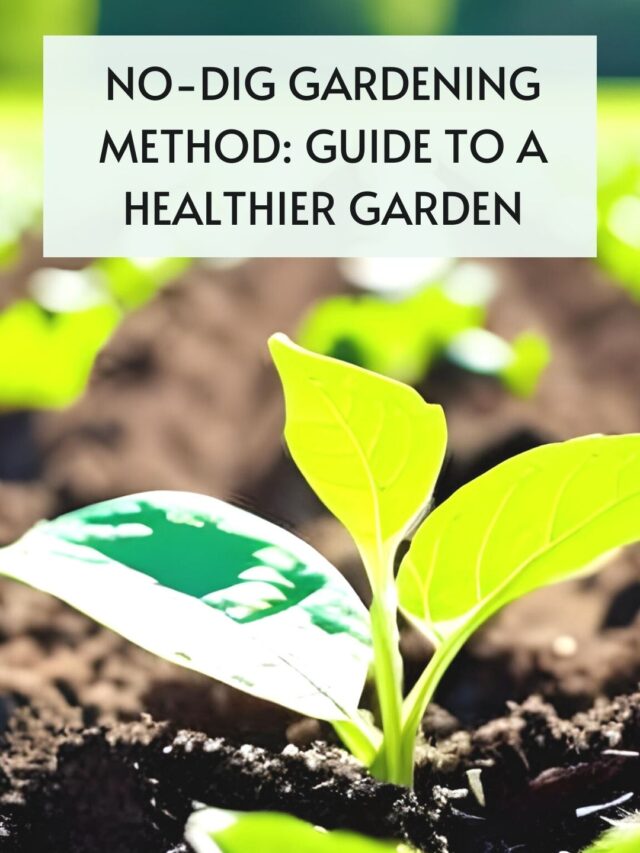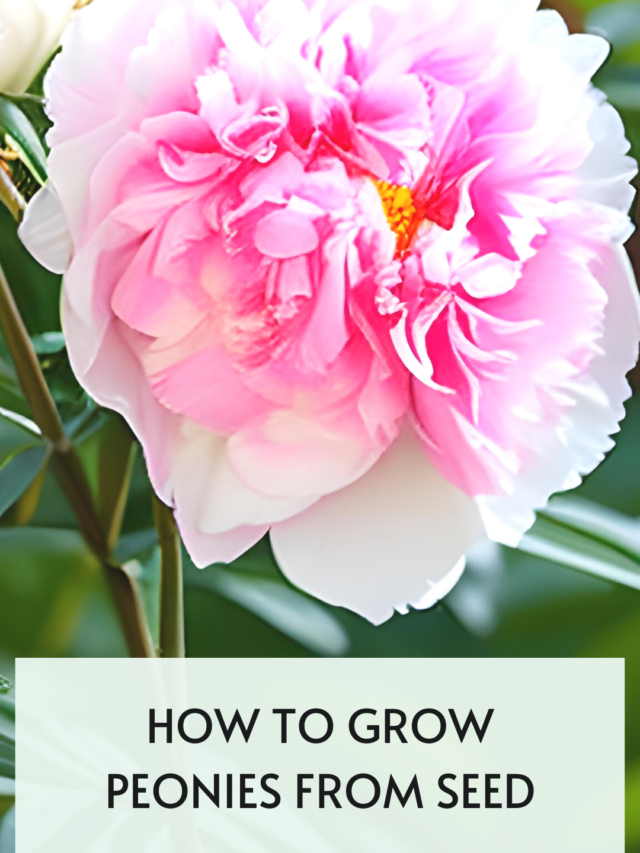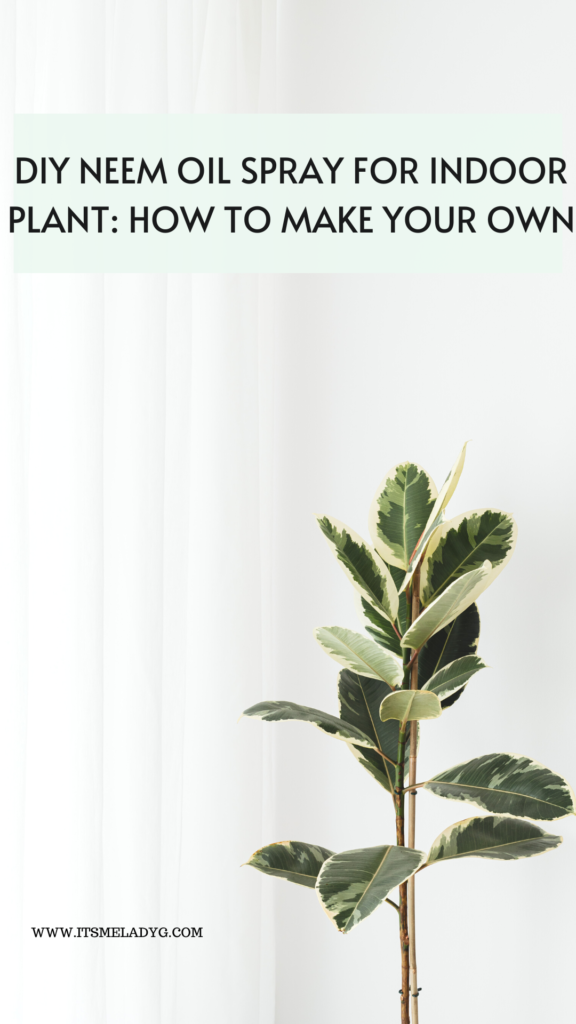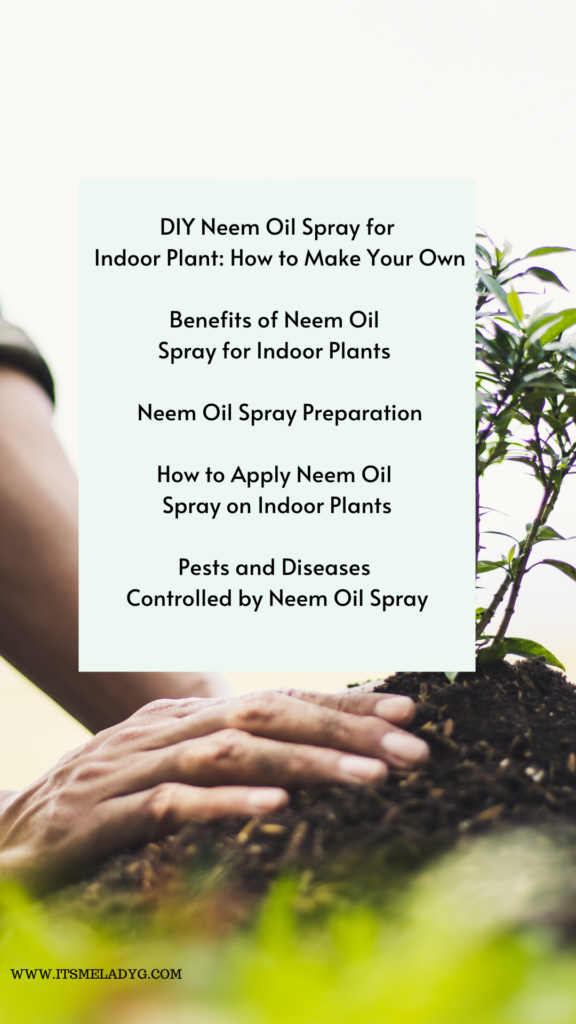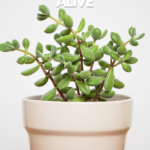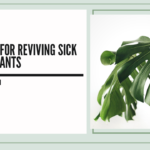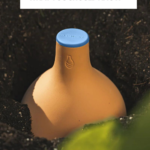Are you looking for a DIY Neem Oil Spray for indoor plants? Indoor plants not only enhance the beauty of a living space but also contribute to the overall well-being of the occupants by purifying the air and reducing stress levels. Unfortunately, these plants can often become the target of pests and diseases that can hinder their growth and even lead to their demise. One effective and natural solution to combat such issues is the use of neem oil spray.
Neem oil is derived from the seeds of the neem tree (Azadirachta indica) and has been used for centuries in traditional medicine, agriculture, and personal care products. Its pesticidal and insecticidal properties have proven effective in controlling various pests such as aphids, spider mites, and whiteflies while also acting as a fungicide to prevent diseases like powdery mildew and leaf spot.
In addition, pure neem oil is a safer alternative to chemical pesticides, posing fewer risks to the environment, beneficial insects, and humans. With its myriad of benefits, neem oil spray can be an indispensable tool for maintaining the health and beauty of indoor plants.
FTC DISCLOSURE: Some of the links in this post are affiliate links. If you click on them and make a purchase, I will receive a small finder’s fee on the sale. This does not increase your price in any way shape or form. Using these links help support the continuation of this website. All opinions are my own. Thank you in advance.
What Is Neem Oil?
Neem oil is a natural, biodegradable substance extracted from the seeds of Azadirachta indica, more commonly known as the neem tree. Neem trees are native to India, Sri Lanka, and Burma, where they have long been valued for their various medicinal, insecticidal, and agricultural properties.
The oil contains several active compounds, like azadirachtin, that provide its unique properties. These compounds work together to protect plants from pests and diseases by acting as a natural repellent and anti-feedant. Additionally, neem oil has fungicidal benefits, which help in controlling fungal infections on plants.
Compared to synthetic chemical pesticides, neem oil is considered a safer and more eco-friendly option. It poses minimal risks to beneficial insects, animals, and humans, making it suitable for indoor plants.
To use neem oil as a spray for indoor plants, it’s typically mixed with water and a mild liquid soap, which acts as an emulsifier. The dilution ratio typically depends on the specific brand and formulation of neem oil you are using, so it’s essential to follow the manufacturer’s instructions.
Benefits of Neem Oil Spray for Indoor Plants
Neem oil spray is a popular choice for indoor plant care due to its numerous advantages. One of the primary benefits is that it acts as an effective, natural pesticide. This means that houseplants treated with neem oil can remain healthy and pest-free without the need for harsh, synthetic chemicals. As a result, this eco-friendly solution contributes to a safer and cleaner environment within your home.
In addition to its pesticide properties, neem oil spray provides a secondary line of defense by acting as a fungicide. Many indoor plants are susceptible to various fungal infections, and using neem oil spray can help prevent and treat these infections. This dual-action feature makes neem oil spray an ideal go-to treatment for maintaining the overall health of your indoor plants.
Furthermore, neem oil spray is a safe option not only for the plants but also for individuals who come into contact with them. This is because neem oil is derived from the seeds of the neem tree, making it a natural and biodegradable product. Moreover, it is non-toxic to humans, pets, and beneficial insects, eliminating the risk of poisoning or adverse effects that may be associated with synthetic pesticides.
Here are some key aspects to consider when using neem oil spray for indoor plants:
- Effectiveness: Neem oil spray effectively tackles a wide range of pests, including aphids, whiteflies, spider mites, and more.
- Preventative Measure: Regular use of neem oil spray on indoor plants can help prevent the occurrence of pests and fungal infections.
- Safety: As a natural product, neem oil is safe for both plants and those who interact with them, making it an ideal choice for households with children and pets.
In conclusion, the numerous benefits of neem oil spray make it an essential tool in maintaining the health and wellbeing of your indoor plants. By incorporating this natural solution using this active compound into your regular plant care routine, you can ensure that your houseplants will thrive and flourish, providing you with a beautiful and enjoyable indoor environment.
Neem Oil Spray Preparation
Diluting Neem Oil
To prepare a homemade spray with neem oil for indoor plants, begin by diluting the neem oil. It is recommended to mix 1-2 teaspoons (5-10 ml) of neem oil with 1 quart (about 1 liter) of water. This ratio is generally safe and effective for most houseplants, while still providing protection against pests. Thankfully, finding neem oil products are easier to find online and in stores.
Adding Liquid Soap
Next, add a small amount of liquid soap or dish soap to the mixture. Use about 1/3 teaspoon (1-2 ml) of soap for every quart (liter) of water. The soap acts as an emulsifier, helping the neem oil mix evenly with water and ensuring better coverage on the plants’ leaves.
Mixing with Warm Water
When preparing the neem oil spray, it is important to use lukewarm water instead of cold water. Lukewarm water helps the oil and soap to mix better, creating a more effective and consistent solution.
To make the neem oil spray:
- Mix 1-2 teaspoons (5-10 ml) of neem oil with 1 quart (about 1 liter) of lukewarm water.
- Add 1/3 teaspoon (1-2 ml) of liquid soap or dish soap to the water and oil mixture.
- Stir the solution well until thoroughly combined.
Remember to always test a small area of the plant(s) before applying the neem oil spray to the entire plant. Monitor for any adverse reactions or sensitivity, and adjust the mixture or application method if necessary. Once the spray is prepared and tested, it can be used on indoor plants to protect them against common houseplant pests and issues.
How to Apply Neem Oil Spray on Indoor Plants
Testing the Spray on a Small Area
Before applying neem oil spray to all your indoor plants the first time, it’s essential to test the solution on a small area to avoid damaging the foliage. Mix the diluted neem oil with water in a spray bottle according to the product’s instructions. Choose a few leaves on one plant and apply a light mist of the neem oil solution. Allow the test area to sit for 24 hours and monitor for any adverse reactions, such as leaf burn or discoloration. After this, you can feel more confident to continue with your neem oil applications.
Spraying the Foliage
Once the test area has proven safe, it’s time to apply the neem oil spray to the indoor plants. Ensure the plants are not in direct sunlight, as this may cause the solution to evaporate too quickly.
Follow these steps for effective application:
- Shake the spray bottle well to mix the neem oil and water thoroughly.
- Spray a light mist evenly on both the top and bottom of the leaves, ensuring full coverage.
- Allow the plants to air dry, avoiding contact with direct sunlight during the drying process.
Reapplication
To maintain the effectiveness of neem oil spray on indoor plants, it’s always a good idea to reapply the solution periodically. Typically, a reapplication every two weeks is sufficient to keep pests and diseases at bay. However, if you notice an infestation or signs of disease developing, increase the frequency of application to once a week until the issue is resolved.
Remember to always test the neem oil spray on a small area of the plant with each new mixture to ensure its safety and efficacy.
Pests and Diseases Controlled by Neem Oil Spray
Insects
Homemade neem oil spray is an effective natural pesticide that helps control various insects infesting indoor plants. Its active ingredient, azadirachtin, targets a wide range of harmful pests in a natural way, including:
- Aphids
- Spider mites
- Whiteflies
- Mealybugs
- Thrips
- Scale insects
- Fungus gnats
- Caterpillars
- Japanese beetles
- Fruit-flies
As a non-toxic and biodegradable solution, neem oil is safe for use around humans, animals, and beneficial insects like bees. Due to its repellent properties, neem oil not only eliminates existing pests but also discourages new ones from infesting your houseplants, such as philodendron and pothos.
You Might Also Like To Read:
7 Best Oil Cover Ideas For Indoor Plants
Fungal Diseases
Aside from controlling insect populations, neem oil spray is also an effective organic insecticide & fungicide. It helps combat various fungal diseases that can damage indoor plants, including:
- Powdery mildew
- Black spot
- Leaf spot
- Rust
- Scab
- Blight
Clarified hydrophobic neem oil penetrates plant tissues, inhibiting the growth and development of fungi. For optimal results, it’s essential to provide plants with sufficient light and air circulation to prevent fungal growth.
Using neem oil spray in combination with proper care routines such as regular pruning and maintaining a clean environment can significantly reduce the risk of pests and diseases, and help promote healthy growth for your indoor plants. Neem oil serves as a great alternative to chemical pesticides, offering a more environmentally friendly and safe option for houseplant care.


